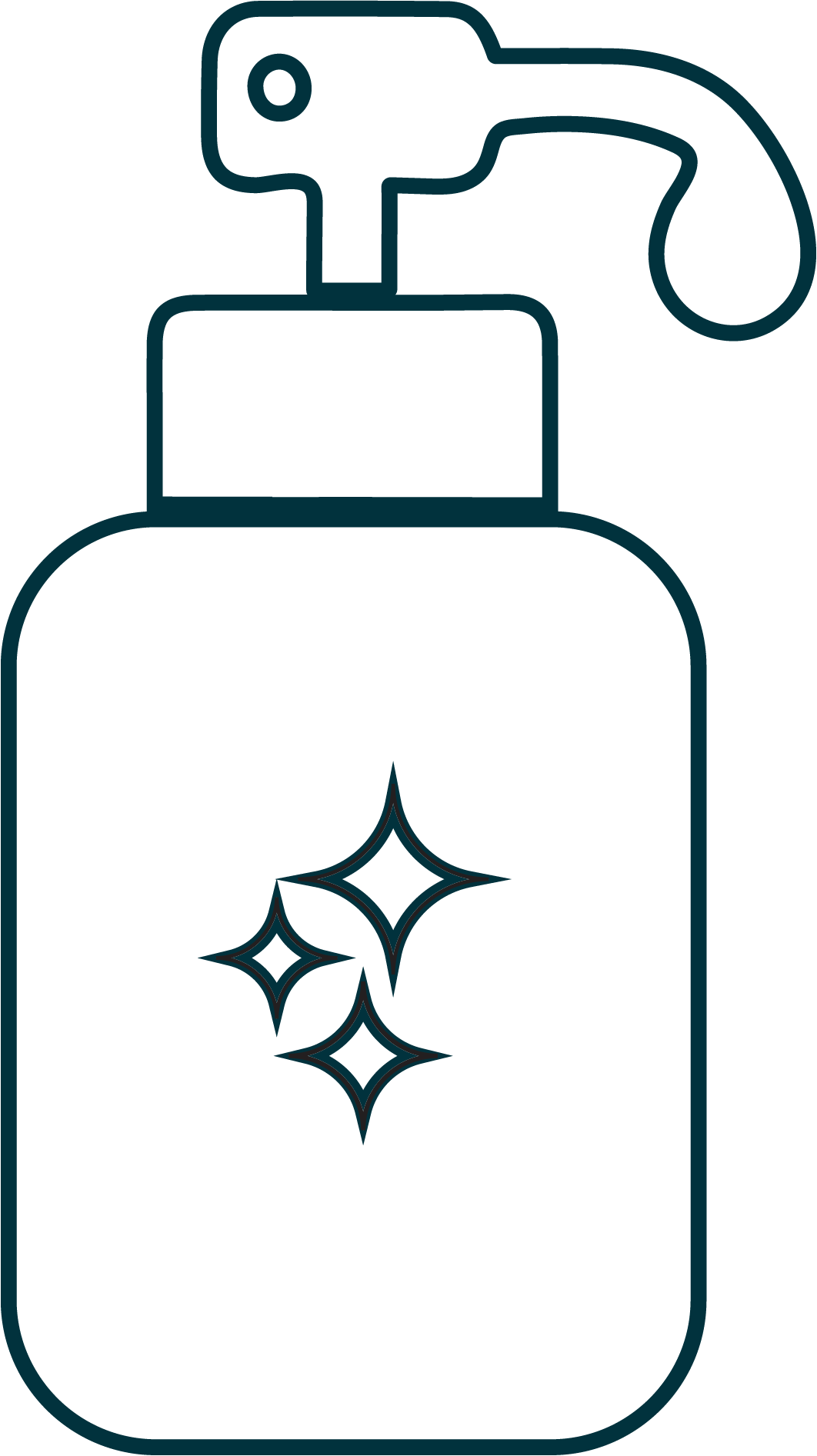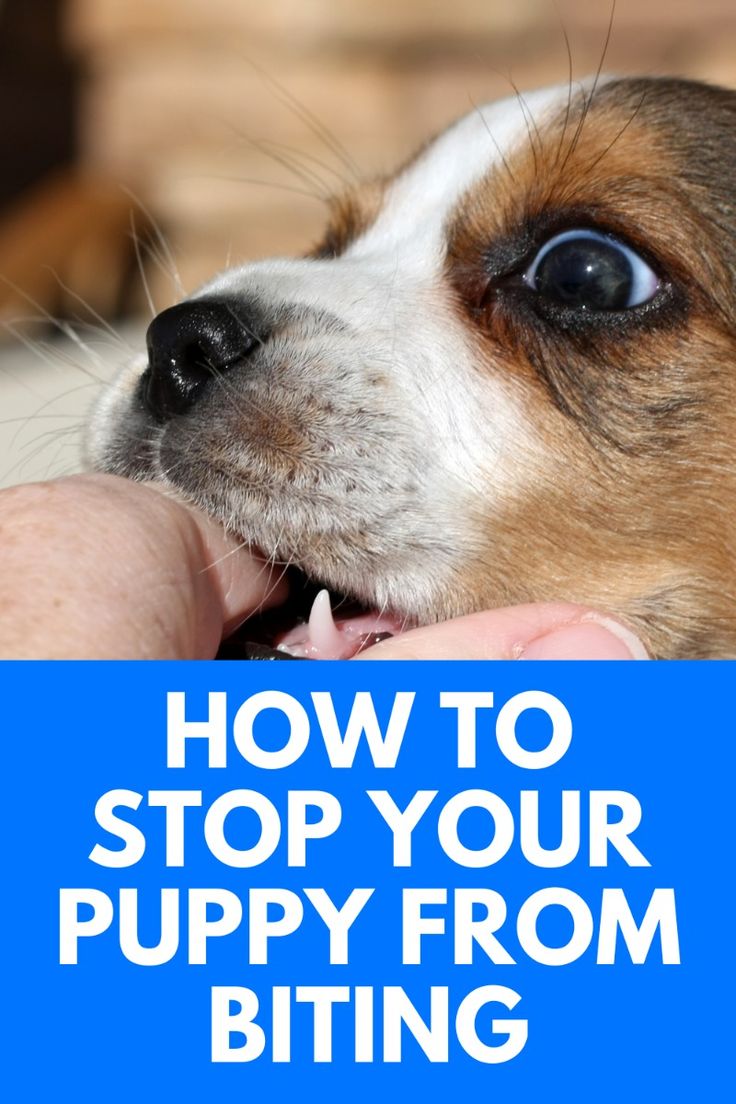The Anatolian Shepherd is generally a healthy and robust breed. Hip dysplasia and bloat—a serious twisting of the stomach—are uncommon in this breed, though owners should still be aware of bloat symptoms for swift action if it occurs. Additionally, Anatolians may have a sensitivity to anesthesia, so it’s important for owners to inform their veterinarian before any procedures. Responsible breeders will screen for entropion, a condition where the eyelids invert, which can be surgically repaired. Regular ear checks for infections and frequent teeth brushing are also essential for maintaining the dog's health. Health Assessment Recommendations from the Breed's National Association:
|
Anatolian Shepherd Dog
ATTRIBUTES: Reserved, Independent, Loyal
GROUP: Working Group
ACIVITY LEVEL: Regular Exercise
BARKING LEVEL: Medium
COAT TYPE: Smooth
COAT LENGTH: Short
SHADDING: Seasonal
SIZE: Xlarge
TRAINABILITY: Independent
CHARACTERISTIC: Best Guard Dogs, Largest Dog Breeds
Breed Overview

Ancestry
Mastiff-Type

Origin
Turkey

Registration
1996

Size
29 Inches (Male)
27 Inches (Female)

Weight
110 - 150 Pounds (Male)
80 - 120 Pounds (Female)

Expected Life
11 - 13 Years
























FRIENDLINESS
LIVELINESS
VIGILANCE INTENSITY
ADAPTATION CAPACITY